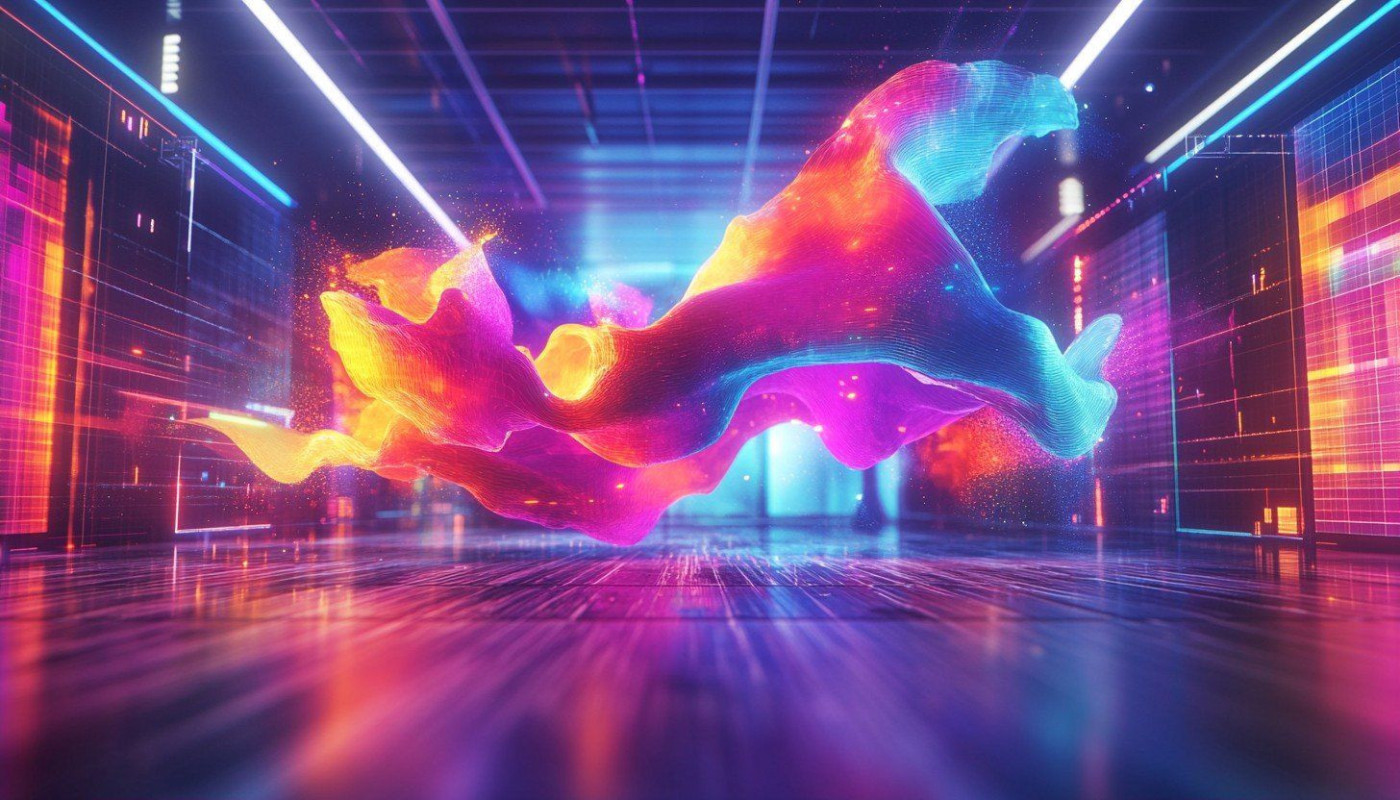Table of contents
The rapid evolution of artificial intelligence is reshaping how creativity is expressed and consumed across the globe. Advanced image generation technologies are at the forefront of this transformation, challenging traditional workflows and opening unprecedented possibilities for artists, designers, and creative enterprises. Delve into the following sections to uncover how these innovations are redefining the boundaries of creative industries and what this means for the future of human imagination.
Revolutionizing artistic processes
AI image generation is significantly altering the landscape of creative industries, particularly within the realm of digital art. Where artists once relied solely on manual techniques, the integration of advanced technologies such as generative adversarial networks has accelerated the artistic workflow. These tools empower creators to visualize concepts at unprecedented speed, reducing the time from initial idea to finished piece and enabling rapid experimentation. The digital shift allows artists to iterate hundreds of variations, fostering a dynamic creative process that would be virtually impossible with traditional methods. AI-driven systems not only automate repetitive tasks but also generate unique visual motifs, supporting new forms of artistic expression that blend human vision with machine creativity. As digital art evolves, the synergy between human ingenuity and AI image generation continues to unlock novel possibilities, helping creative industries redefine what it means to create and innovate.
Collaborative creativity unleashed
AI-powered tools have revolutionized AI collaboration within creative industries, making it easier than ever for artists, designers, and audiences to engage in creative teamwork. Platforms leveraging generative art and sophisticated image synthesis algorithms allow multiple contributors to merge styles and concepts in real-time, producing results that neither humans nor machines could achieve alone. By tapping into latent space, these systems analyze and blend distinct artistic features, generating novel compositions that reflect collective creativity. Collaborative platforms such as Runway ML, Artbreeder, and DALL-E offer methods where users can edit, remix, and enhance visuals, with AI suggesting improvements or co-creating entirely new content. This dynamic interaction blurs the boundary between human imagination and machine intelligence, encouraging participants to innovate together in shared digital environments.
Economic implications and opportunities
The integration of advanced AI image generation into the creative industries is fundamentally reshaping economic landscapes and business models. As automation pipeline technologies streamline production, companies experience significant cost reduction, making creative business ventures more accessible and efficient. Image automation allows for unprecedented scalability, enabling rapid prototyping and mass customization in advertising, entertainment, fashion, and design. This technological shift gives rise to entirely new revenue streams, such as AI-driven content licensing platforms and subscription-based digital assets, contributing to the expanding digital economy. At the same time, while the demand for traditional creative jobs may shift, new specialized roles such as AI prompt engineers, data curators, and creative technologists are emerging, reflecting a transformation in workforce requirements. The AI economic impact thus extends beyond productivity gains, fostering innovation and redefining value creation across the creative sector.
Ethical challenges and considerations
The rapid advancement of AI image generation has intensified several ethical dilemmas within creative industries, prompting deep reflection on AI ethics, creative responsibility, and copyright issues. A primary concern involves authorship: determining who should be credited when AI plays a significant role in the creative process. This issue becomes even more complex as AI-generated images frequently blur the boundaries between original human input and algorithmic output, raising significant image rights and legal questions. Copyright issues are compounded by the technology's ability to replicate styles or even specific works, sometimes without consent, leading to debates over ownership and fair use. Another pressing issue is the rise of deepfake concerns, where highly realistic yet fabricated images can be misused for misinformation, fraud, or reputational harm. In response, creative sectors are increasingly advocating for updated legal frameworks and the integration of provenance tracking systems to ensure transparency and accountability in content creation. Responsible use policies are becoming a priority, urging creators, platforms, and policymakers to define the limits of acceptable AI-generated content. For those seeking more information on the technical and practical aspects of AI-powered image creation, including ethical safeguards, visit more information.
The future of creative expression
The future of creativity is poised for unprecedented transformation as AI innovation in image generation continues to accelerate. Creative trends indicate a growing convergence of artificial intelligence with complementary technologies, such as augmented reality, virtual reality, and advanced audio synthesis, leading toward comprehensive multimodal integration. This fusion allows for seamless blending of visual, auditory, and interactive elements, pushing the boundaries of digital transformation across the artistic spectrum. As creative industries evolve, professionals must cultivate hybrid skill sets, combining traditional expertise with an understanding of AI-driven tools. Embracing a collaborative approach, where automation enhances rather than replaces human ingenuity, ensures that artistic evolution remains dynamic and relevant. To thrive in this landscape, creative practitioners are encouraged to experiment with AI platforms, stay informed about emerging capabilities, and actively participate in shaping the ethical standards and aesthetic directions of tomorrow’s digital arts.
On the same subject

Exploring The Benefits Of AI-driven Learning Platforms For Personal Growth

How Augmented Reality is Changing Everyday Life

